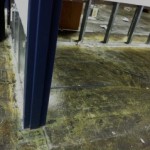
The restorations in the Humanities building are on pace to be finished by the targeted date; November 13. The incident that involved a small fire and the sprinkler system of the building left considerable water damage to the entirety of the department of History and Political Science suite, as well as some of the department of Business and Economics suite. The moving and cleaning crews have been working on repairing the damage since the day of the incident to move the occupants of the affected areas back into their offices as soon as possible.
On Oct. 7, at approximately 12:30 a.m., the fire alarm in the Humanities building had gone off in response to a fire that was caused by an electric alarm clock. Media Relations Director, Marcus Rosano, pinpoints exactly how the malfunctioned alarm clock started the fire. “An accidental electrical short in an alarm clock radio resulted in the radio catching fire. Smoke from the fire activated the sprinkler head in the office.” The damage spread to the offices surrounding room 275 in the History department. According to Rosano, five classrooms were also impacted, but were made available again the following Monday.
As of now, four weeks after the accident, the restoration of the impacted suites is still in progress, but is looking to be completed very soon. The process consisted of removing all furniture from the offices, as well as repair work on the carpet and ceiling.
Architectural designer and project coordinator, Susan Booker-Roman, describes the toll that the sprinklers took on the carpet and the walls, causing its replacement, “The water went on the floor and carpet acted as sponge and just soaked it up. The walls are drywall, and when the water was on the floor, they also wicked the moisture up; and when dry wall gets wet, it has to be replaced-you cannot clean it. So all of the offices had to have the lower two feet removed.”
Booker-Roman also states that the furniture had to be removed from a total of 16 offices, two to three open areas, two work rooms, the copy room, a closet, along with the hallway in between the offices so that the restoration could take place.
The damage continued with some of the furniture as the water caused the ceiling material to turn into what Booker-Roman calls “oatmeal”, due to its mushy texture, and fall onto various furniture pieces. The fire itself burned some of the furniture that surrounded the office of the original site. Booker-Roman explains that all of the permanently ruined furniture pieces were thrown away, while those that could still work were stored in a warehouse so that the restoration of the carpet and walls could be done.
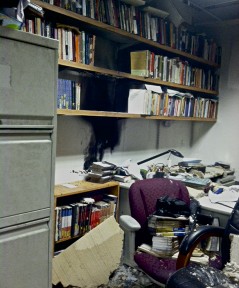
However, there was luck in finding some temporary furniture to replace the pieces that had been thrown away. Booker-Roman explains, “We had some surplus down at the Takoma Park campus. It was left over from a project this summer. We’re going to be bringing that in and just setting it up so these folks can come back in and use their offices while the new furniture is on order.”
Along with the furniture and structural repair, Booker-Roman says computers and other electronic equipment will also be brought back by IT. Any equipment in this category that could have been sitting on the floor during the incident may have had some water damage done to it and will have to be thrown away. IT will be reevaluating these items to be sure of their condition and whether they are fit for use in the offices.
The restoration has its expenses: New furniture and carpet along with ceiling and wall repair come at a cost. Marcus Rosano says that the cost of these restorations to date is approximately $144,000. However, this amount may change, Rosano states, “This does not include overtime and moving costs. There may also be some miscellaneous pieces of furniture as needed.”
Rosano said that any new furniture along with the furniture being brought back from the warehouse is to be installed by Nov. 8, and most of the faculty should be able to move back into their offices by Nov. 13. Most of the hard work has already been handled, “Painting, carpeting, and ceiling work has been completed in the affected office suites” said Rosano.
Booker-Roman praises the teams work on this project and the way they have managed to come together and support each other’s work to get it done in a timely fashion. “They’ve been really good. We have a lot of good people here that work at Montgomery College and because we’ve worked together [before], we can work together. If I need to call the carpenters, I can pick up the phone and say ‘Dave, can you come over and look at this shelf?’ He goes, ‘Yeah, I can do that tomorrow, I’ll be over'” she said.

Though the damage was pretty heavy, there have been no changes to the sprinkler system itself. The sprinklers were, in this case, simply “doing their job.” Rosano comments that the reaction was merely procedure, “All systems and procedures worked properly and we do not plan on changing any of them.”
Due to the hard work and great cooperation of cleaning and moving crews, as well as that of the faculty who moved out of their offices, professors will soon be able settle back into their office spaces.





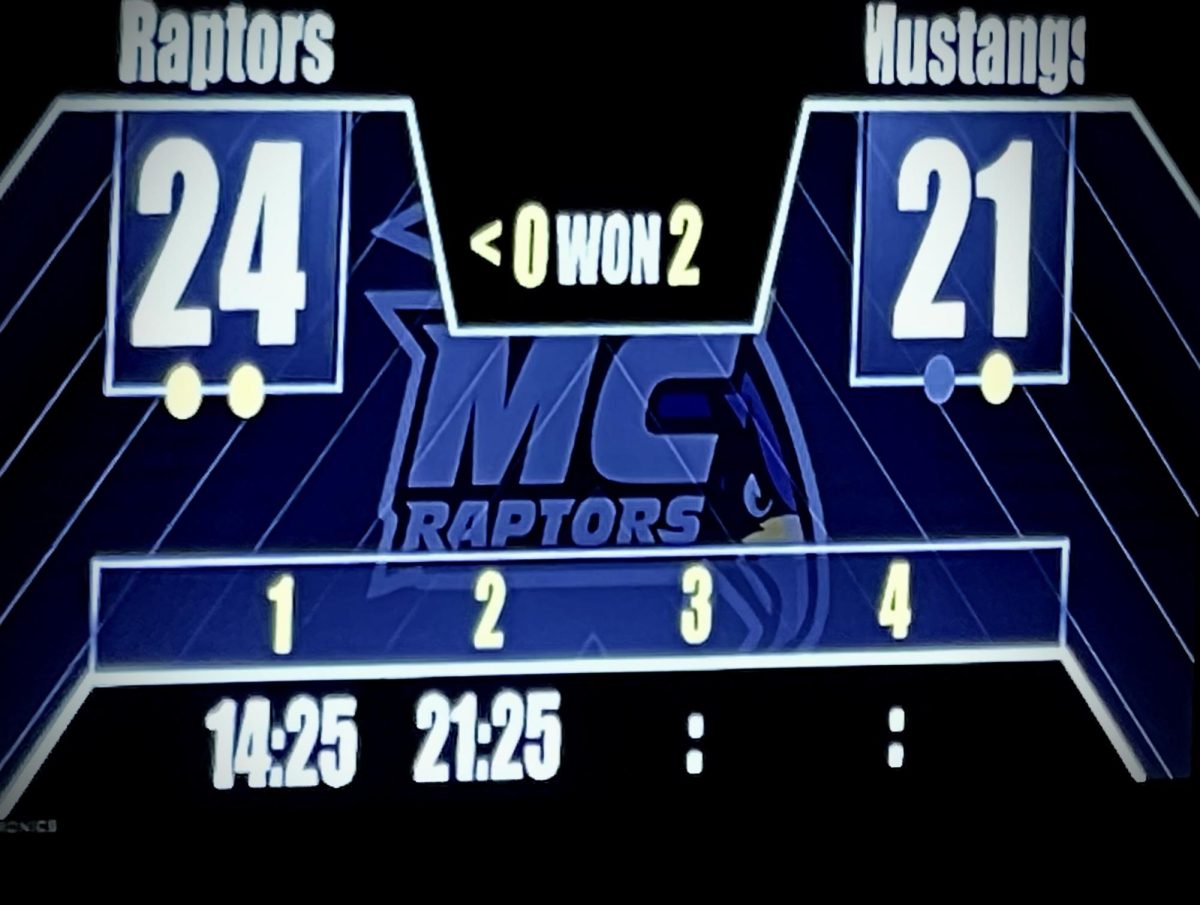
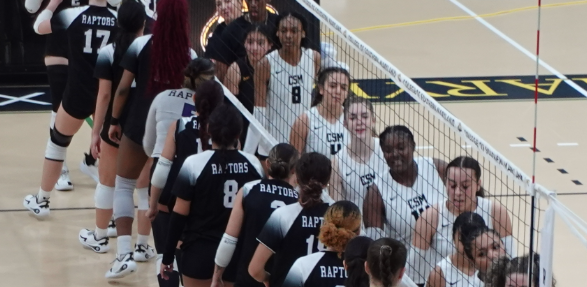
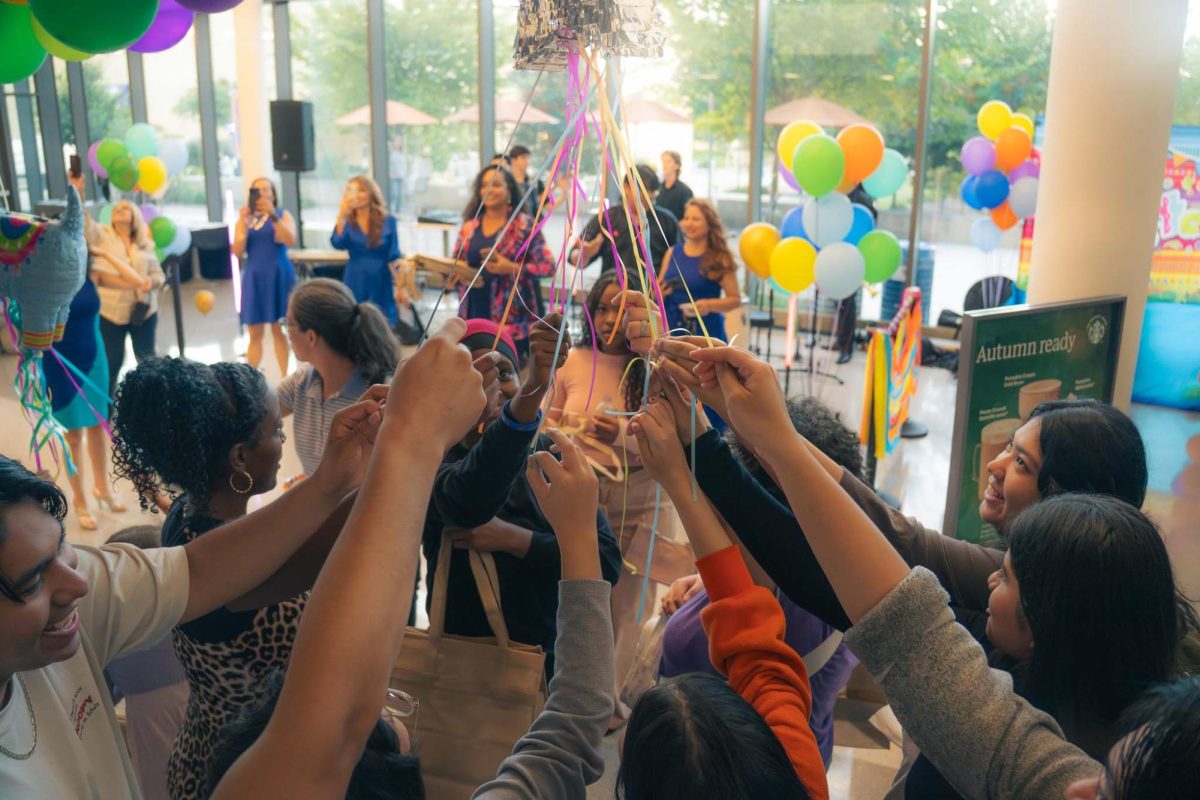
Robert • Nov 16, 2013 at 5:52 am
I just came onto your post and found it quite interesting. I am also associated with flood damage,water removal,and love to enjoy the stuff on the same as it’s rarely found on internet. Thanks again for writing such a good post.
Ben Holmes • Nov 16, 2013 at 6:40 pm
Robert,
Thank you very much for taking the time to read our article. We are honored that you enjoyed it.
-EIC